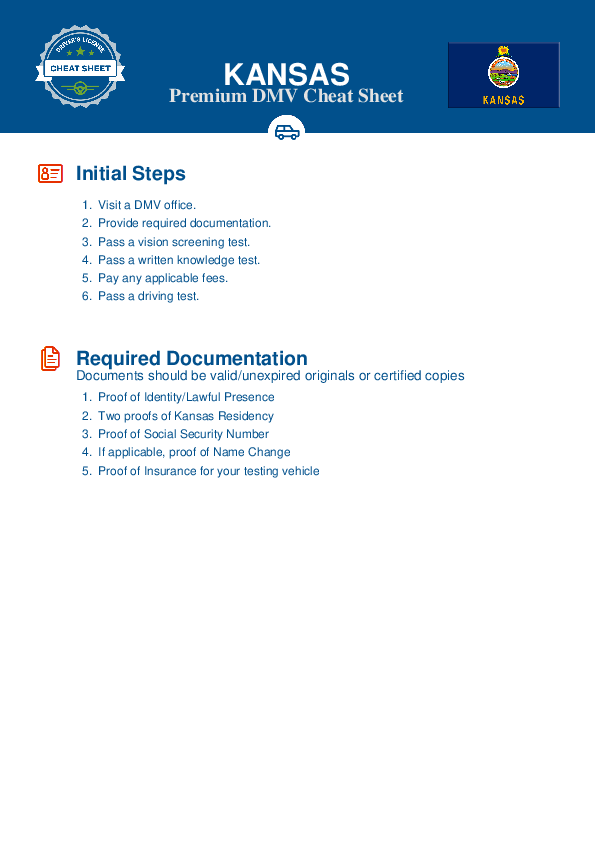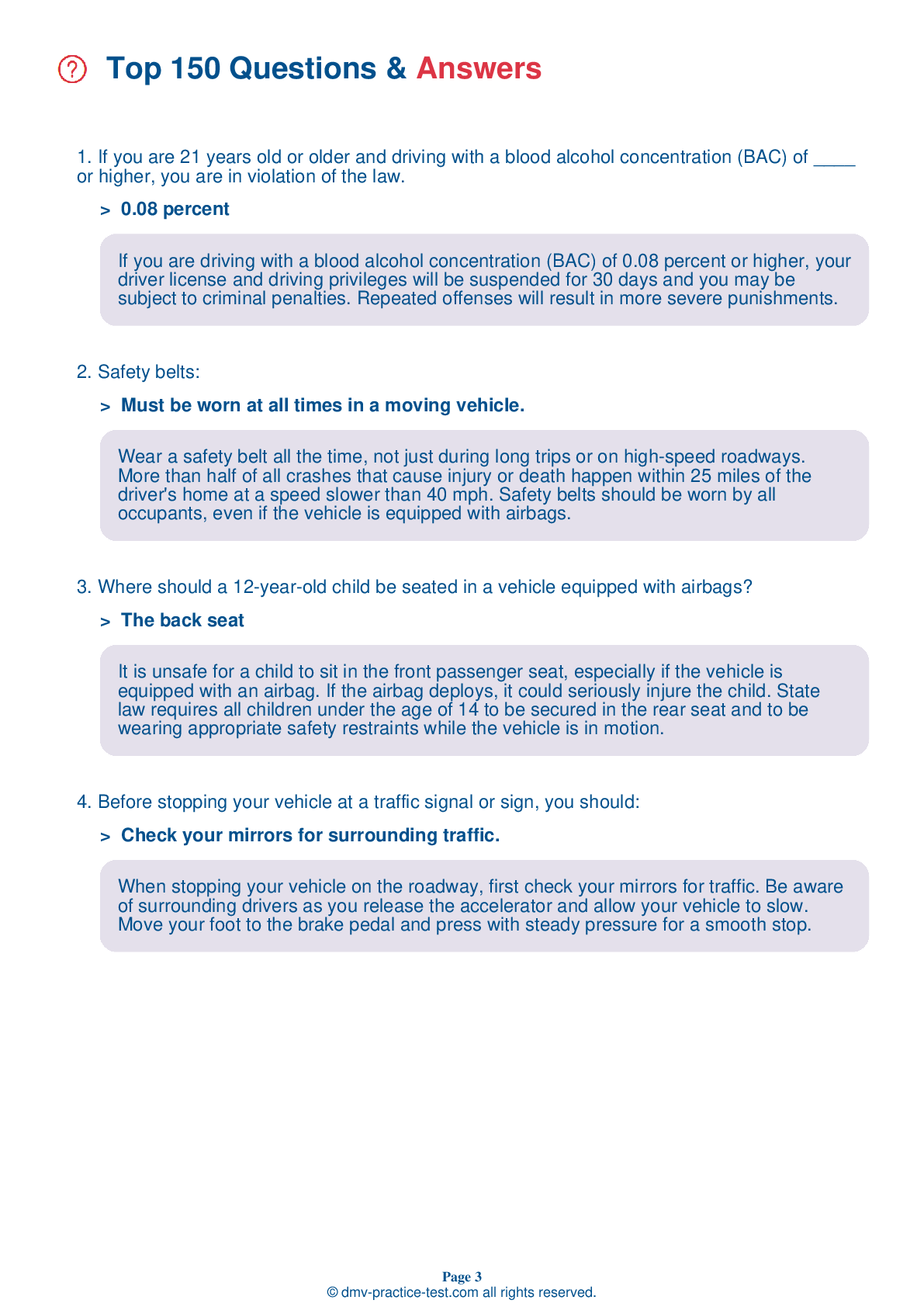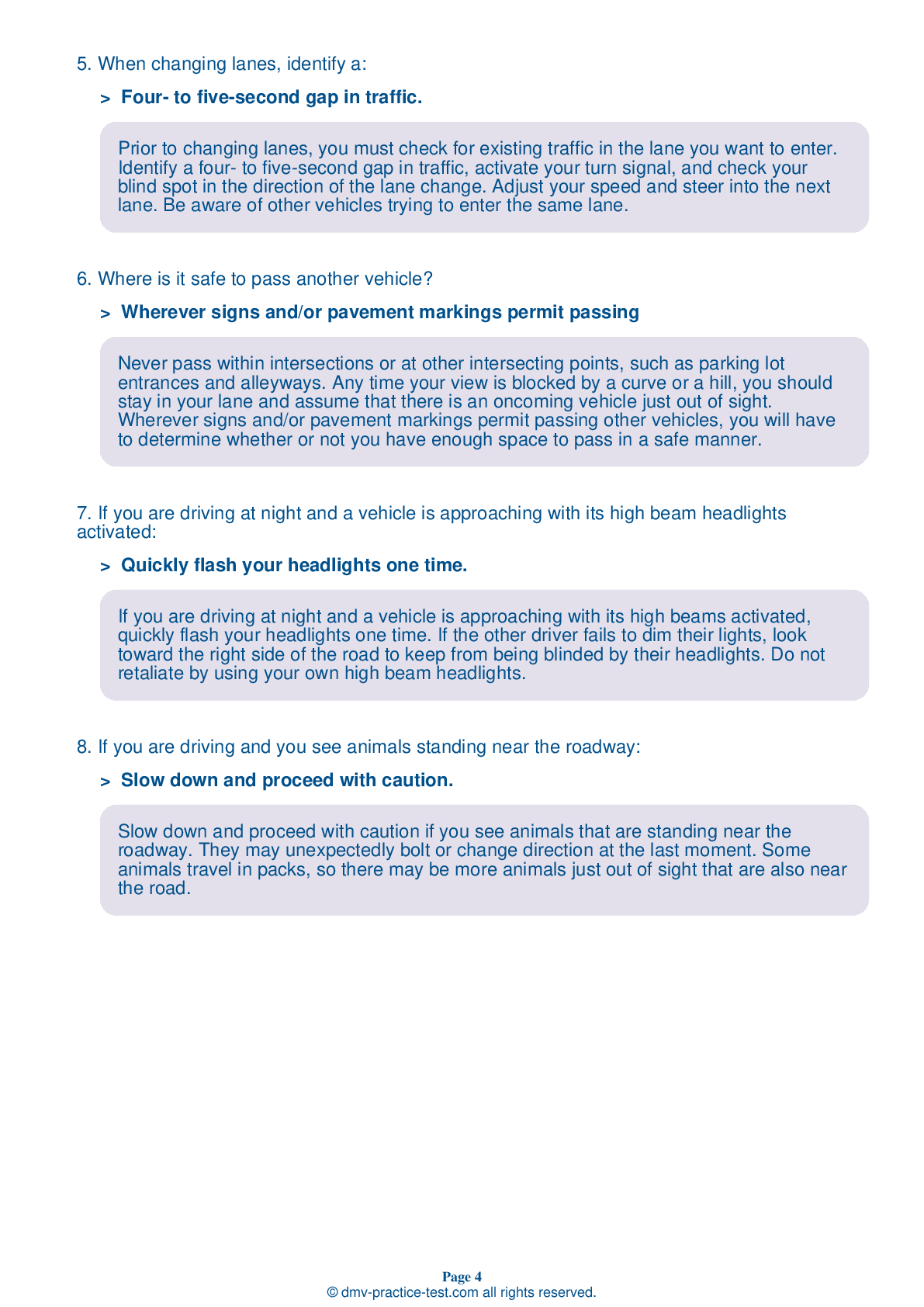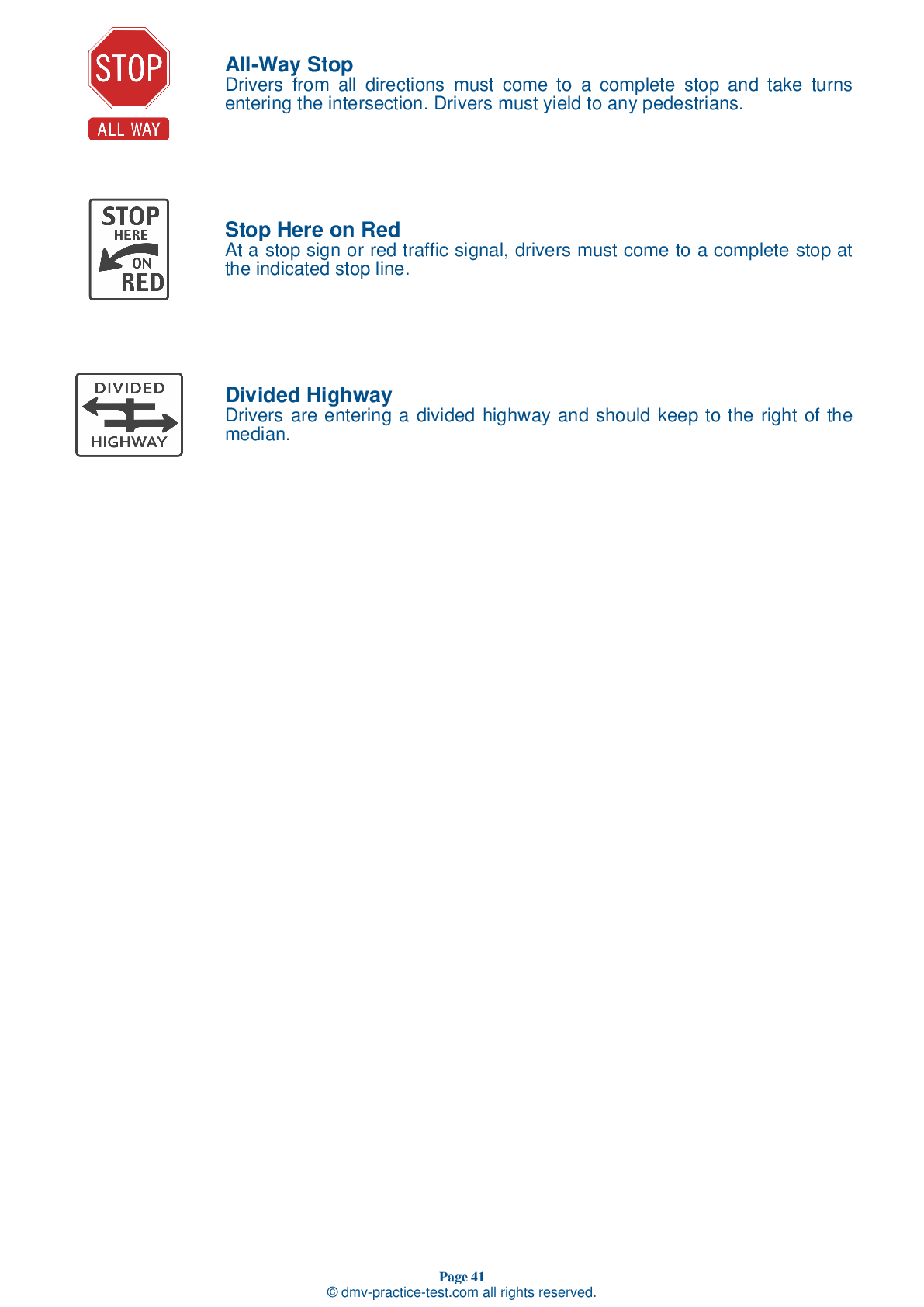FREE Kansas DMV Practice Test #6 Page 3 of 3
In Kansas, the DMV practise tests have been revised for January 2025. It includes questions based on the Kansas Driver Handbook's most essential traffic signals and regulations for 2025. Use actual questions that are very similar (often identical!) to the DMV driving permit test and driver's licence exam to study for the DMV driving permit test and driver's licence exam.
On the practise exam, each question gets a tip and explanation to help you remember the concepts. The written component of the official Kansas DMV test will include questions about traffic rules, traffic signs, and driving statutes, as well as information from the Driver Handbook.
To obtain a passing grade, you must correctly answer 20 of the 25 questions. Take our DMV practise exam to help you prepare for your Kansas instruction permit or driver's licence.
The DMV exam is available in several languages.
Using any kind of testing assistance will result in an automatic fail, and the DMV may take additional action against your driver's licence, so stay away from it.
17 . This road sign means:

Warning signs are usually yellow with black markings. This sign warns drivers that the upcoming road will curve right, followed by a curve to the left. Drivers should adjust their speed to safely continue on the road.
18 . Adjust your rearview and side mirrors:
Your safety and the safety of other drivers and pedestrians depends a lot on what you do before driving. Before moving your vehicle, you should adjust your seat, adjust your mirrors, fasten your safety belt, and secure items in and on your vehicle. Do not wait until your vehicle is moving to adjust your mirrors.
19 . When driving in fog, rain, or snow, use:
Low beam headlights should be used in fog, rain, and snow. The light from high beams will reflect back to the driver under these weather conditions, causing a glare that will make it difficult to see ahead.
20 . Which of the following statements is true?
Driving too slowly can be dangerous because it may cause drivers behind you to become frustrated and make dangerous moves to pass you. It is safest to drive with the flow of traffic, within the legal speed limit.
21 . When you see this black and yellow sign, it means:
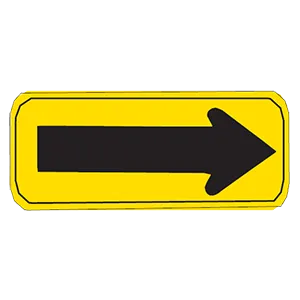
Warning signs are usually yellow with black markings. They alert you to conditions that are immediately ahead. This sign tells drivers to slow down and prepare for an abrupt change in direction at an extreme angle.
22 . This road sign means:
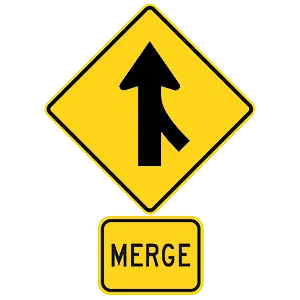
Warning signs are usually yellow with black markings. This sign indicates that there could be traffic merging from the right, so drivers should prepare to allow traffic to safely merge.
23 . This sign means:

Diamond-shaped signs are used to warn of actual or possible hazards. The color orange is used for warning signs usually found in construction or maintenance areas.
24 . Blue traffic signs offer information on:

Blue signs on the roadway are service signs. They are used to provide information about motorist services, such as upcoming rest areas, food options, or nearby hospitals.
25 . What is a potential effect of taking a prescription drug while drinking alcohol?
Legal medications, both prescription and over-the-counter, can impair your ability to drive. They can be particularly dangerous when used in combination with alcohol.
Need Car Insurance? No problem!
Compare the best rates in Kansas and find a personalized policy that meets your needs.
1. Are You Currently insured ?
2. Married ?
3. Do you own your Home?
4. Do you have more than 1 car ?
5. Have you or a Family Member Honorably Served in U.S. Military ?
6. Your Name
7. Age
8. Zip code
IMPORTANT REMINDER:Auto Insurance is Mandatory to drive in Kansas. Get covered before you hit the road to avoid any fines.
Ranked by best match
